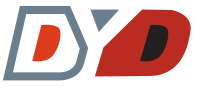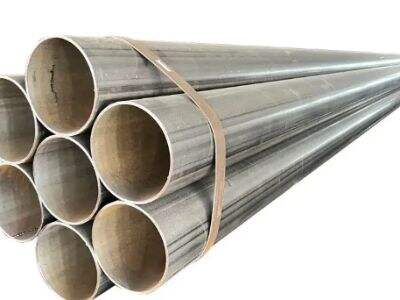Hey kids! You’ve probably heard of carbon steel. It’s a particular type of metal forged by combining carbon and iron. This together creates a super strong and perfect metal for many types of projects! It might come as a surprise to you, but there are several types of carbon steel. Lets take a look through them and see how we can use everyone.
The Pros and Cons of Carbon Steel
However, before discussing the types of carbon steel, I want to brief you on the good and bad of this metal. Carbon steel is quite dense; therefore, it stands strong against pressure and has a longer lifespan. This means it is most often used for a wide variety of purposes, from constructing things to crafting tools. On the other hand, one thing to note is that carbon steel can rust and be damaged when in contact with water. So if you use it for something potentially wet, you have to be careful. So, if you consider these strengths and weaknesses, you can select the best type of carbon steel for your project.
How to Choose the Right Kind of Carbon Steel for Your Project
With a bit of background on carbon steel, let’s discuss the different varieties that you can choose from. There are many types of carbon steel that is suitable for various applications at Jiangsu Dingyida Special Steel:
Low Carbon Steel: These types of carbon steel are the most abundant. It’s mega versatile and awesome for projects that need you to bend and shape the metal. It’s also quite cheap, which is nice if you’re on a budget. Low carbon steel is widely popular among people as it is easy to work with and can be used for a multitude of jobs.
Medium Carbon Steel : It is stronger than low carbon steel. While it’s stronger, it’s easy to work with, making it a great option for a variety of projects. Things like axles and gears are fantastic in medium carbon steel. If you want something slightly harder than low carbon steel this should be your type.
High Carbon Steel: The strong carbon steel type. It’s super for making implements such as knives, saw blades and other apparatus that need to be sure tough. But it is so powerful that working with it can be somewhat more difficult. Also, high carbon steel is more susceptible to rust than the other types so you need to be careful to keep it dry.
Understanding Each Type of Carbon Steel
Now, let’s further examine what each type of carbon steel can do and what makes them special:
Low Carbon Steel: Contains low quantity of carbon (up to 0.3%). This makes it very ductile, it can easily be bent and shaped. Low carbon steel can be worked well with welding i.e. the joining of metal pieces. It is easy to work with and can hold together well, which is why it is often used to make things like nuts, bolts, and screws.
1.4 Medium Carbon Steel: Medium carbon steel has a carbon content between 0.3% and 0.6%. Medium carbon steel has more carbon, which makes it stronger than low carbon steel. It is well suited for producing parts where strength is required, such as crankshafts and couplings used for machines.
High Carbon Steel: This steel has a very high carbon content — between 0.6% and 1%. It also happens to be the hardest, which makes it ideal for high-use applications such as knives, saw blades, and springs. Due to its strength, high carbon steel makes an excellent choice for those in need of long-lasting tools.
More Types of Steel
We have even more carbon steel types for you to choose from at Jiangsu Dingyida Special Steel:
Alloy Steel: This is carbon steel with other metals (such as chromium or nickel) added. These additions caused the steel to be stronger and more durable than before. It is used for creating airplane parts and machines with a focus on reliability and safety.
Tool Steel: A form of carbon steel that is specifically designed for the making of tools It is extremely durable and does not wear easily. Tool steel is made of multiple parts and is widely used in all kinds of industries, as it is capable of withstanding tough jobs without breaking down.
Pros and Cons of Carbon Steel
Types of Carbon Steel: The Advantages and Disadvantages When selecting the right type of carbon steel for your project, it’s a good idea to consider the main pros and cons of each. Low carbon steel is really easy to work with as well as inexpensive, making it a perfect material for novices or small projects. But it might also not be strong enough for some, where you want more durability. High carbon steel, for its part, is extremely strong and ideal for heavy-duty tasks, but it is also more difficult to work with and more prone to rusting if it gets wet. Alloy steel and tool steel give additional strength and durability, but they could cost more money.
 EN
EN
 AR
AR
 HR
HR
 CS
CS
 DA
DA
 NL
NL
 FR
FR
 DE
DE
 IT
IT
 JA
JA
 KO
KO
 PL
PL
 PT
PT
 RO
RO
 RU
RU
 ES
ES
 CA
CA
 TL
TL
 IW
IW
 ID
ID
 LV
LV
 LT
LT
 SR
SR
 SK
SK
 UK
UK
 VI
VI
 ET
ET
 TH
TH
 TR
TR
 FA
FA
 AF
AF
 MS
MS
 IS
IS
 HY
HY
 AZ
AZ
 LA
LA
 MN
MN
 MY
MY
 XH
XH


